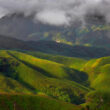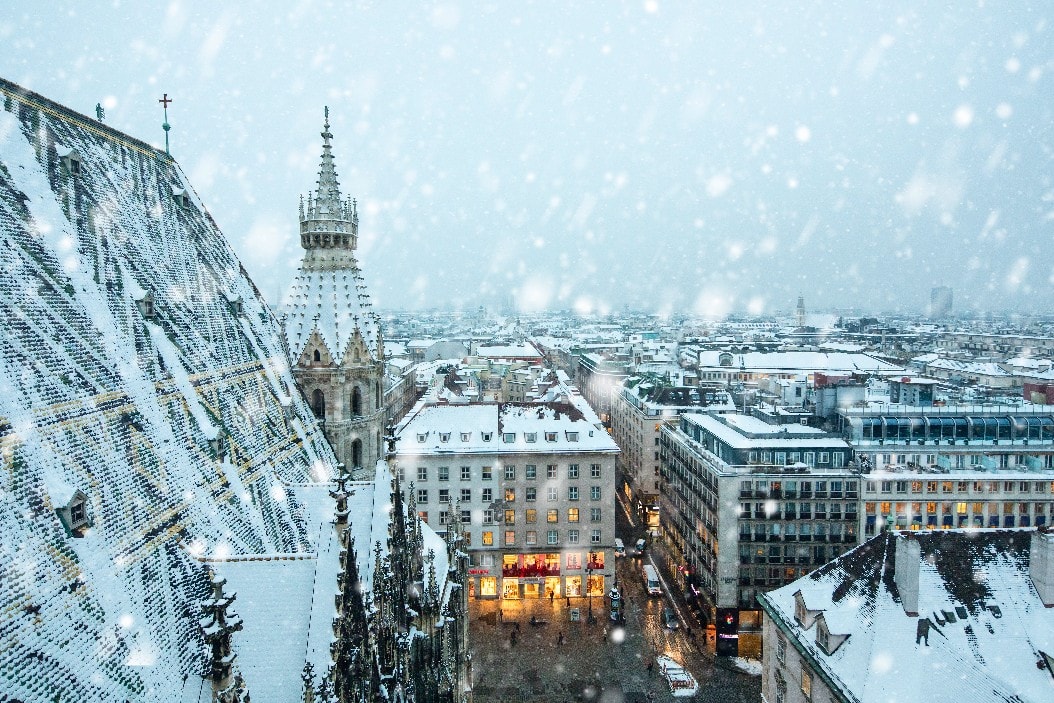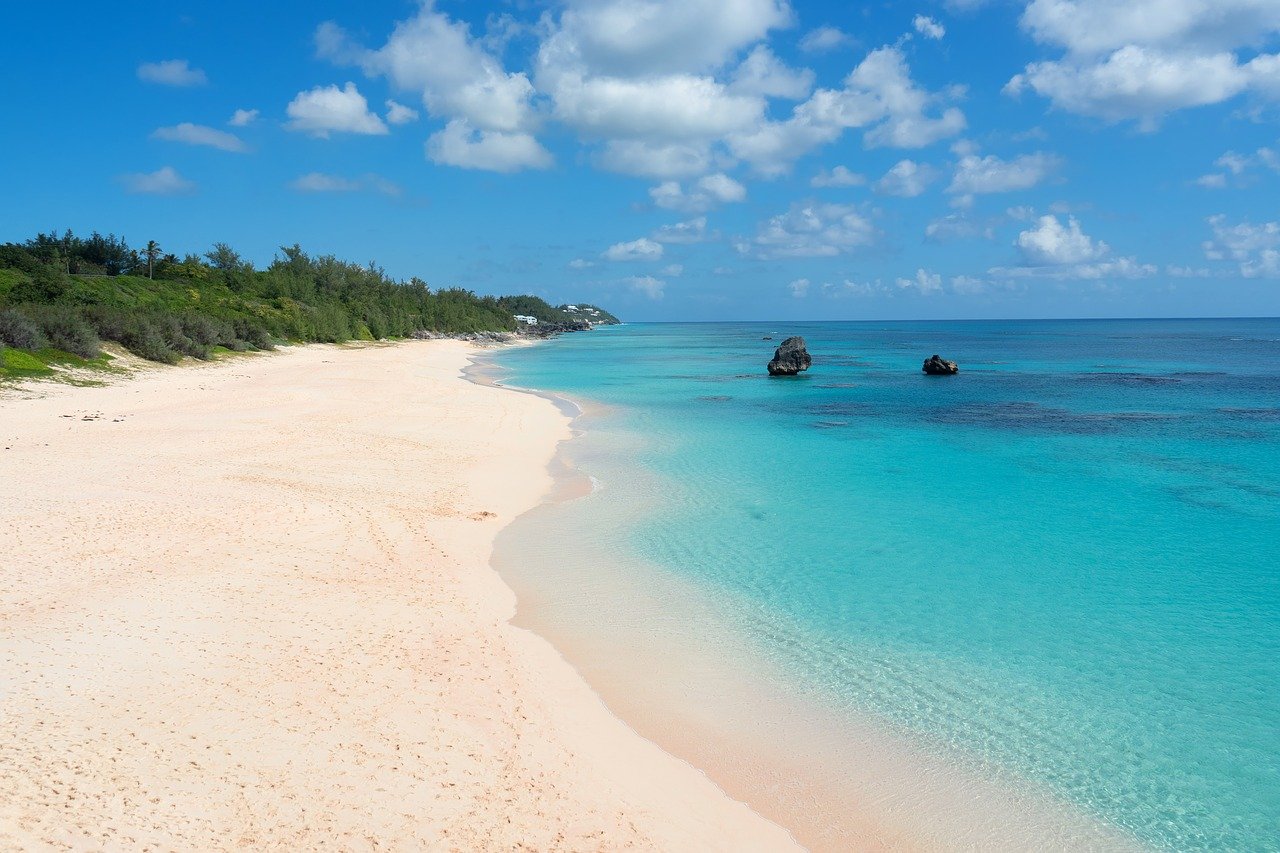Vienna, the capital of Austria, is renowned not only for its imperial palaces, classical music, and coffeehouse culture, but also for its diverse and unique climate. Whether you’re planning a visit to experience the art, the history, or the delicious local cuisine, understanding Vienna’s weather and climate throughout the year can help you make the most of your trip. This article dives deep into Vienna’s weather patterns, temperatures by season, and offers travel tips to make your stay even more enjoyable.
Understanding Vienna’s Climate
Vienna experiences a temperate continental climate, which means it has cold winters, warm summers, and transitional spring and autumn seasons. The city is located in the eastern part of Austria, close to the borders with Hungary and Slovakia, which influences the weather patterns.
1. Seasonal Overview of Vienna’s Weather
- Spring (March to May): Spring is one of the best times to visit Vienna. Temperatures begin to rise, with days growing longer. The blooming flowers and outdoor events like the famous Easter markets create a lively atmosphere. Expect average temperatures ranging from 10°C to 18°C (50°F to 64°F).
- Summer (June to August): Summer in Vienna is generally warm, with the hottest months being July and August. Temperatures can range from 20°C to 30°C (68°F to 86°F). The city is vibrant during this time, with festivals, concerts, and outdoor cafes filling the streets.
- Autumn (September to November): The autumn season brings cooler weather, with temperatures falling between 10°C and 18°C (50°F and 64°F). The golden hues of the trees and the harvest festivals make this a charming time to explore Vienna.
- Winter (December to February): Winter in Vienna is cold, with temperatures typically ranging from -1°C to 4°C (30°F to 39°F). Snowfall is common in December and January, giving the city a magical, festive atmosphere, especially during the Christmas markets.
2. Average Temperatures Throughout the Year
Understanding the average temperature in Vienna can help you plan accordingly.
- January (Winter): -1°C (30°F)
- February (Winter): 0°C (32°F)
- March (Spring): 5°C (41°F)
- April (Spring): 10°C (50°F)
- May (Spring): 15°C (59°F)
- June (Summer): 20°C (68°F)
- July (Summer): 25°C (77°F)
- August (Summer): 26°C (79°F)
- September (Autumn): 20°C (68°F)
- October (Autumn): 13°C (55°F)
- November (Autumn): 7°C (45°F)
- December (Winter): 1°C (34°F)
As seen, Vienna experiences a noticeable range in temperature from the freezing winter months to the warm summer days, making it a versatile destination throughout the year.
The Best Time to Visit Vienna Based on Weather
3. Spring (March to May): Perfect for Outdoor Enthusiasts
Spring in Vienna is a delightful experience, with moderate temperatures and the beauty of flowers in full bloom. It’s an ideal time for sightseeing, as the weather is mild but not too hot, and the city comes alive with outdoor markets, such as the famous Naschmarkt.
4. Summer (June to August): Warm Days and Vibrant Events
Summer is the peak tourist season in Vienna. If you enjoy warm weather and outdoor festivals, summer is the time to go. The weather can get a bit hot, especially in July and August, but the cool evenings make for a perfect setting to enjoy an outdoor concert or a glass of wine at one of Vienna’s famed heuriger (wine taverns).
5. Autumn (September to November): The Golden Season
Autumn is often regarded as the best time for those who appreciate a peaceful yet vibrant atmosphere. The cool but not freezing temperatures make it a great time for sightseeing, and the colorful fall foliage at Schönbrunn Palace or Prater Park adds a picturesque touch.
6. Winter (December to February): A Magical Winter Wonderland
Winter is a magical time to visit Vienna, especially during Christmas when the city is covered with festive lights and Christmas markets pop up throughout the city. Although temperatures are cold, the city’s winter charm, the beautiful architecture dusted with snow, and the warm coffeehouses more than make up for it.
Rainfall and Sunshine in Vienna
7. Rainfall in Vienna
Rain is quite common throughout the year, although it’s relatively evenly distributed. Summer months tend to receive heavier showers, while spring and autumn have light, refreshing rain. Make sure to carry an umbrella, especially if you’re visiting between April and October.
8. Sunshine Hours
Vienna gets around 1,600-2,000 hours of sunshine per year, with the summer months receiving the most sun. July and August boast long sunny days, whereas winter has fewer hours of sunlight, especially in December and January when the days are shorter.
How to Prepare for Different Weather Conditions in Vienna
9. What to Wear in Vienna’s Different Seasons
- Spring: Pack light layers, as mornings and evenings can be chilly, while afternoons can warm up. A light jacket or sweater should suffice.
- Summer: Opt for comfortable, breathable clothing. A light jacket or sweater is still a good idea for evenings.
- Autumn: Layering is key. Bring a warm jacket for cooler days and evenings, especially if you’re planning to walk around.
- Winter: Bring warm clothing, including a winter coat, gloves, and scarves. If you’re visiting during snowy months, waterproof boots are also recommended.
10. Weather-Related Travel Tips
- Check the forecast: Vienna’s weather can change quickly, so checking the forecast daily is essential, especially in transitional months like spring and autumn.
- Stay hydrated in summer: The summer months can get quite warm, so drink plenty of water and take breaks to stay refreshed.
- Winter gear: If visiting during the winter, bring waterproof clothing, especially if you plan to walk around the city, as snow and slush can be common.
What to Do in Vienna Regardless of the Weather
11. Indoor Attractions for Rainy Days
Vienna offers numerous indoor attractions, making it an excellent destination for rainy days. Explore the Kunsthistorisches Museum (Museum of Art History), the Albertina (art museum), or the Hofburg Palace. For coffee lovers, experience Vienna’s legendary coffeehouse culture by visiting historic cafes like Café Central.
12. Outdoor Attractions for Sunny Days
When the sun is shining, Vienna’s outdoor attractions are second to none. Stroll through the Schönbrunn Palace Gardens, enjoy a boat ride on the Danube River, or relax in the Prater Park, home to the iconic Giant Ferris Wheel.
Conclusion: Enjoy Vienna Year-Round
No matter the time of year, Vienna offers something for every traveler. Whether you prefer the balmy summer weather, the golden hues of autumn, or the festive atmosphere in winter, the city adapts to all seasons and provides unforgettable experiences. Be sure to pack according to the weather, and make the most of the incredible indoor and outdoor attractions the city has to offer.
Are there many rainy days in Vienna? While rainfall is fairly evenly distributed throughout the year, spring and summer months tend to see more frequent rain showers, so it’s wise to carry an umbrella.
What is the best time to visit Vienna for good weather? Spring and early autumn are generally considered the best times to visit for pleasant weather, with mild temperatures and fewer tourists than during the summer.
Does it snow in Vienna during winter? Yes, Vienna experiences snowfall in December and January, which adds to the city’s winter charm, especially around Christmas.
Is Vienna crowded in summer? Yes, summer is peak tourist season, so expect larger crowds at popular attractions, though the lively atmosphere and outdoor events make it worth visiting.
What should I pack for a winter trip to Vienna? Warm clothing is a must, including a winter coat, gloves, scarves, and waterproof boots to navigate snowy streets.
Related Post – Honeymoon In Vienna









